Generally, people may not give much thought to LED flood lights, but actually, this light source is everywhere around us, from roadways to footpaths, from home gardens to stadiums. The demand for LED floodlights is constantly increasing as we need them almost everywhere in cities. Here is the latest buying guide to floodlights; it includes what floodlights are, the difference between different types, and how to choose the right ones for consumers.
Table of Contents
What are flood lights?
What are the types of floodlights?
How to choose floodlights?
Conclusion
What are flood lights?
Flood lights are high-powered electric lights that can be used to light up large areas. Outdoor flood lights are important for workers and pedestrians, as they promote safe walking between buildings and parking lots at night. They are also essential for tennis courts, basketball fields, and football fields for night games. They can be used as outdoor lighting, for example, as street lights, billboards, signs, building names, business names, and addresses, so that information can be easily spotted by people.
Apart from outdoor purposes, floodlights are very useful for indoor areas, for example, in theaters and stadiums. And of course, for home use, they give great ambiance for house frontage and garden. They play an important role in security as well.
Different types of floodlights are used for many other purposes. LED floodlights are usually the top pick, as they are more energy efficient, better looking, easier to use, lower maintenance, and safer than other lights.
What are the types of floodlights?
There are five common types of floodlights: sodium, halogen, high-intensity discharge, incandescent, and fluorescent. To decide which is the best option for customers, it is necessary to understand their differences, how they work, and the advantages and disadvantages of each type.
Sodium Flood Light
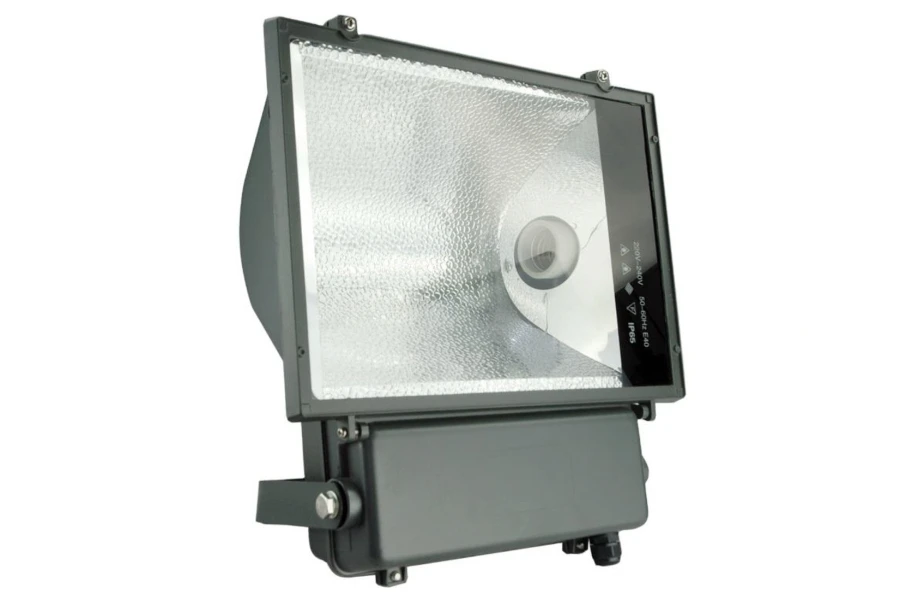
Sodium flood light is low pressure, and the light will be on when exposed to electric current. It is considered one of the most energy-saving choices among all the different flood lights, and it is low maintenance. The downside of the sodium flood light is its yellowish color, so it may not be the best choice for security lights, and some people may prefer white light.
Halogen
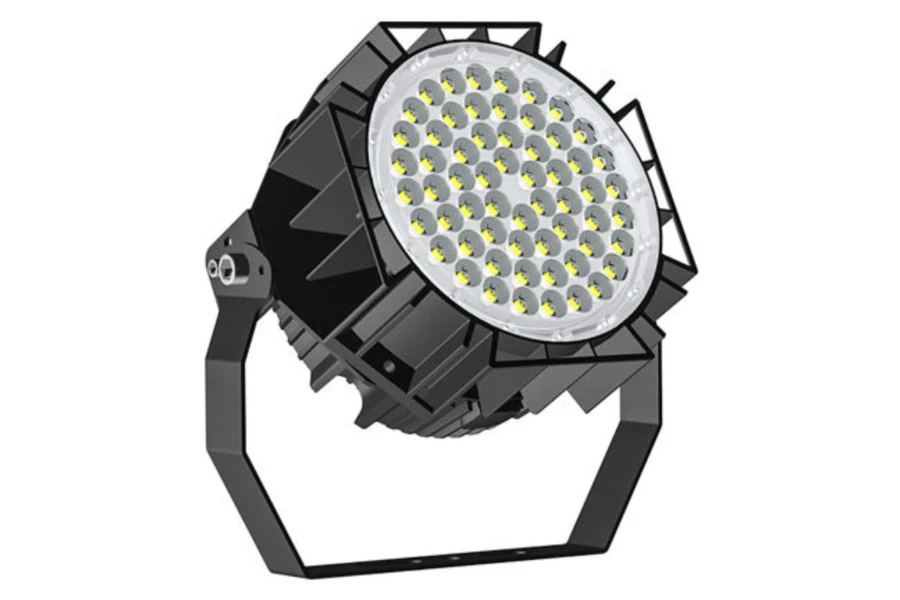
This type of floodlight works when the electricity activates the halogen gas and tungsten in the quartz halogen bulbs. It is white light, which most people prefer, but it is less efficient than sodium flood lights and high-intensity discharge lights.
High-intensity discharge
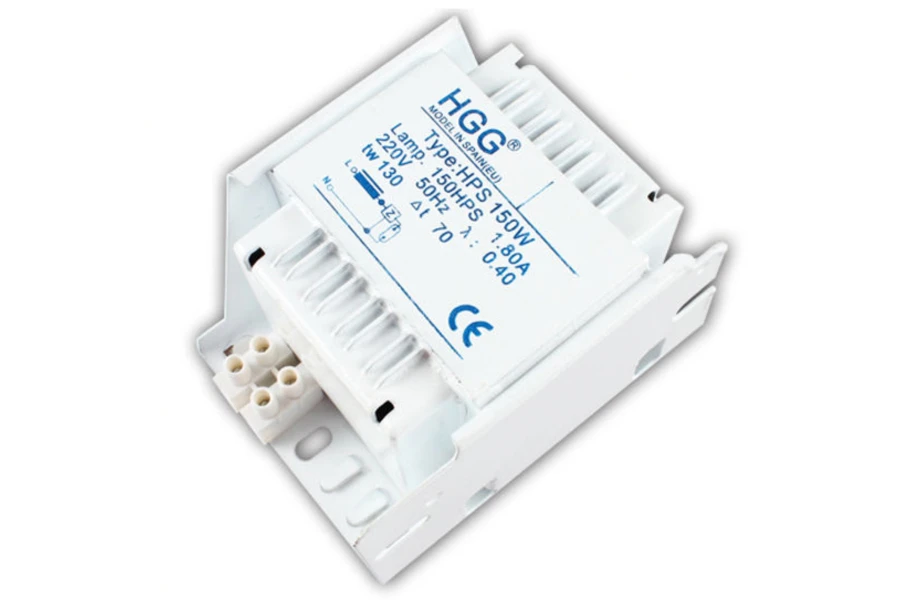
High-intensity discharge flood lights have internal ballast inside the bulb so that an electric arc can glow and produce light. They have the longest lifespans and the highest efficiency rating compared to the other types of flood lights. They are also more efficient than incandescent flood lights, but they take longer time to produce full lighting, which is why they are not good with motion detectors or motion sensors.
Incandescent
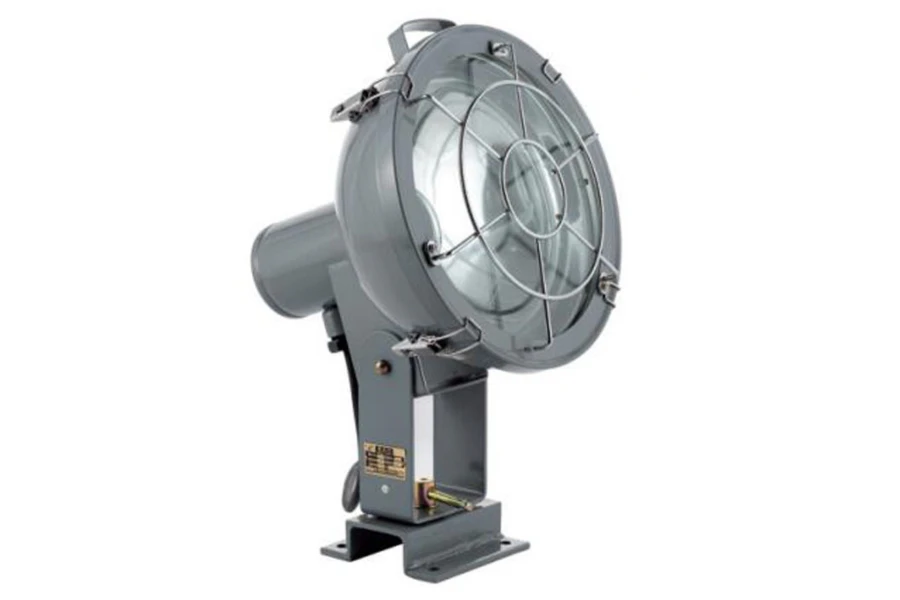
Incandescent flood lights are heated up by an electric current. They have low initial installation costs, so they are a good choice if the budget is limited. As for the disadvantages, they have shorter lifespans.
Fluorescent
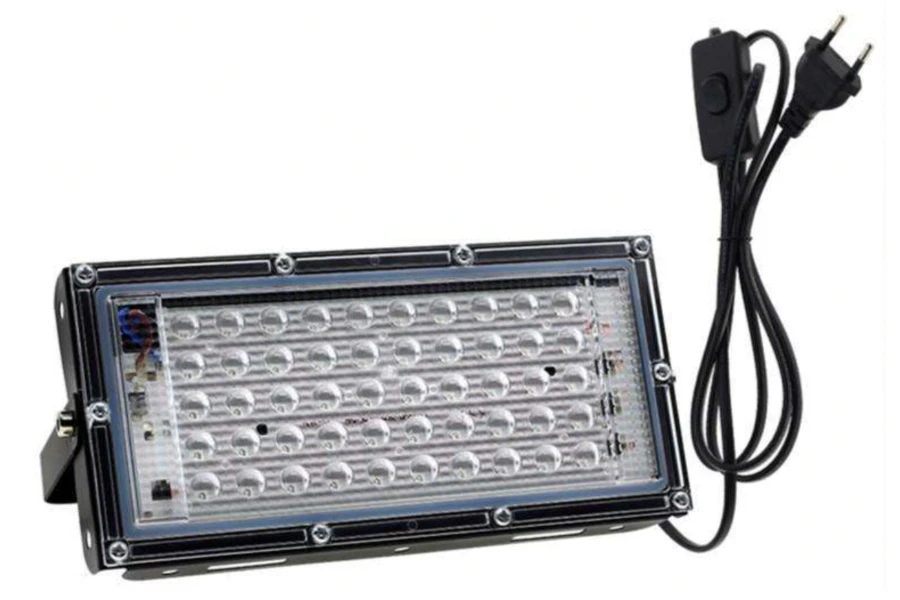
Some fluorescent flood light bulbs contain mercury gas and a phosphorescent coating on the inside surface of the bulb. Therefore, when an electric current passes through the coating, the bulb will start to glow. It is a long-lasting lighting solution compared to incandescent bulbs, but the initial cost is comparatively higher.
How to choose floodlights?
Lumens vs. watts
While watts measure the power a lamp uses, lumens measure the quantity of light it produces. The higher the lumen rating, the brighter the light bulb will be.
How many lumens do you need?
Different environments or properties need different brightness. To give a general idea, an average office may need 300-500 lux, while a room at home or indoor use needs 50 lux, and a supermarket needs 1000 lux.
Spacing
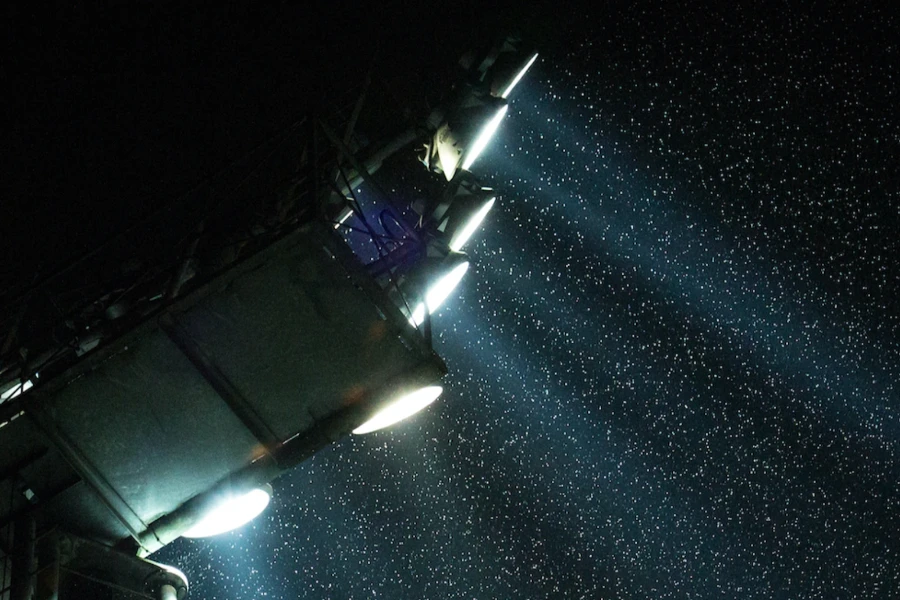
Several things need to be considered when choosing the right floodlight, including the height and angle of the lights, the lumen output, and the lighting ambiance that people want in place. Depending on different customers’ preferences, some may want a certain extent of overlapping or cross-over lighting.
Cross-over lighting
It comes from different light fixtures to balance the light and cut back on the shadow. For example, there is almost no shadow when standing on a tennis court at night with the flood lights on. This is because the lights are coming from different directions, which reduces shadows.
Choose the color
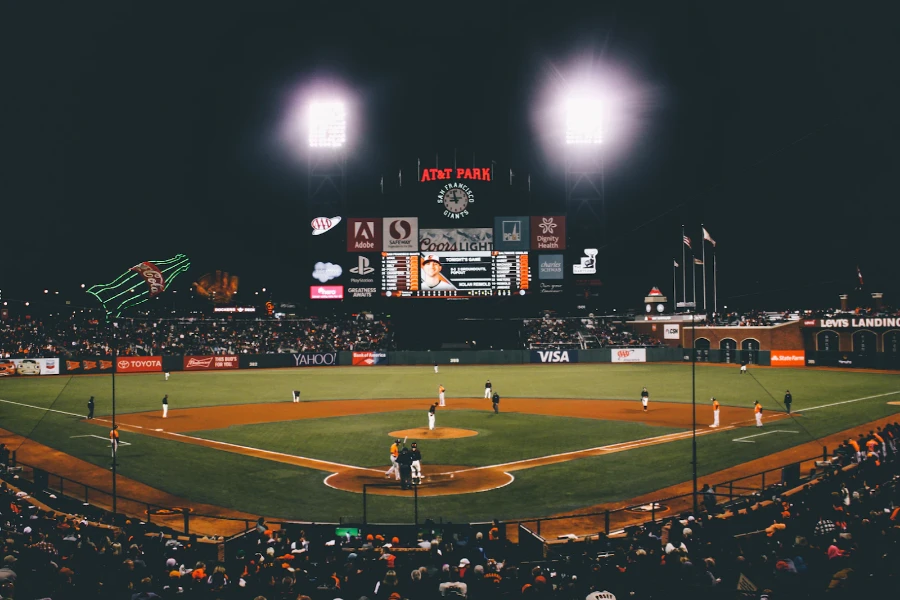
Different factors, like environment, usage, and people’s preferences will determine a different choice of color temperature. As a general guide on the light color: 3000K will be warm color, mainly for homes and restaurants, or small areas; 4000K will be a natural color, mainly for work areas and meeting rooms; 5000K will be a cool white color that feels like daylight or bright light, good for large spaces and outdoor areas.
Conclusion
LED bulbs are a better choice and higher-quality product than other floodlights in terms of technology and efficiency. No matter if you are replacing the old lighting or installing them for new places, LEDs are the right choice for gardens, business buildings, parking lots, warehouses, stadiums, outdoor security lighting, and more! Visit the Chovm section on LED lights to find the right products for your catalog.


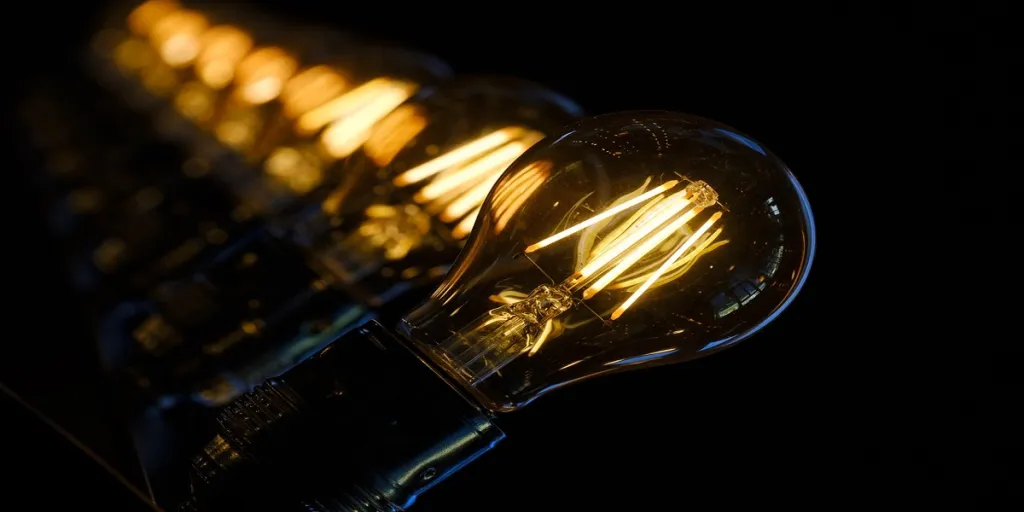
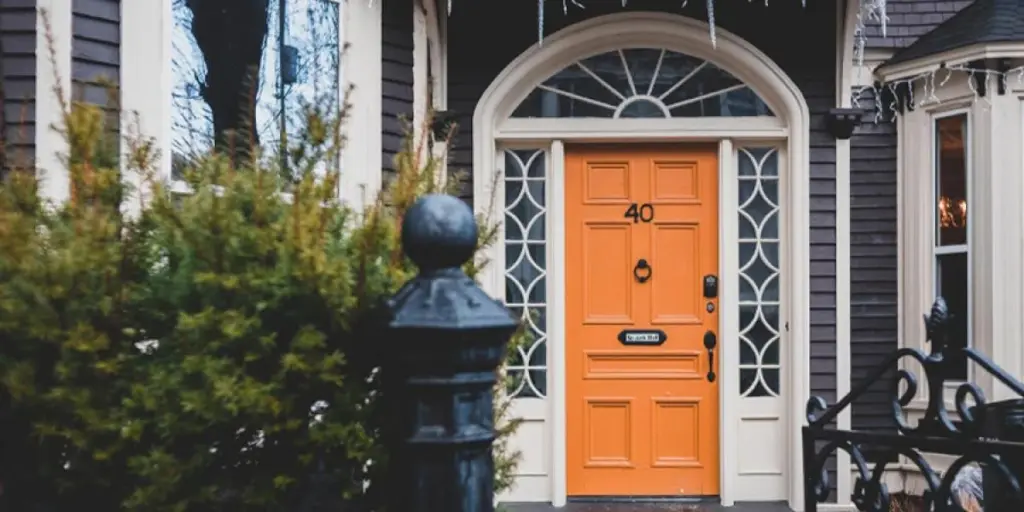
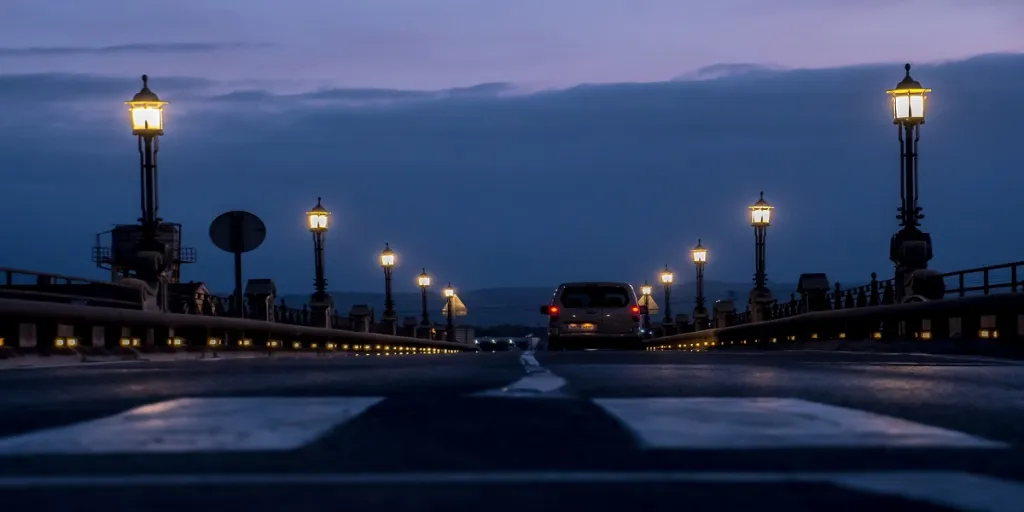
 বাংলা
বাংলা Nederlands
Nederlands English
English Français
Français Deutsch
Deutsch हिन्दी
हिन्दी Bahasa Indonesia
Bahasa Indonesia Italiano
Italiano 日本語
日本語 한국어
한국어 Bahasa Melayu
Bahasa Melayu മലയാളം
മലയാളം پښتو
پښتو فارسی
فارسی Polski
Polski Português
Português Русский
Русский Español
Español Kiswahili
Kiswahili ไทย
ไทย Türkçe
Türkçe اردو
اردو Tiếng Việt
Tiếng Việt isiXhosa
isiXhosa Zulu
Zulu